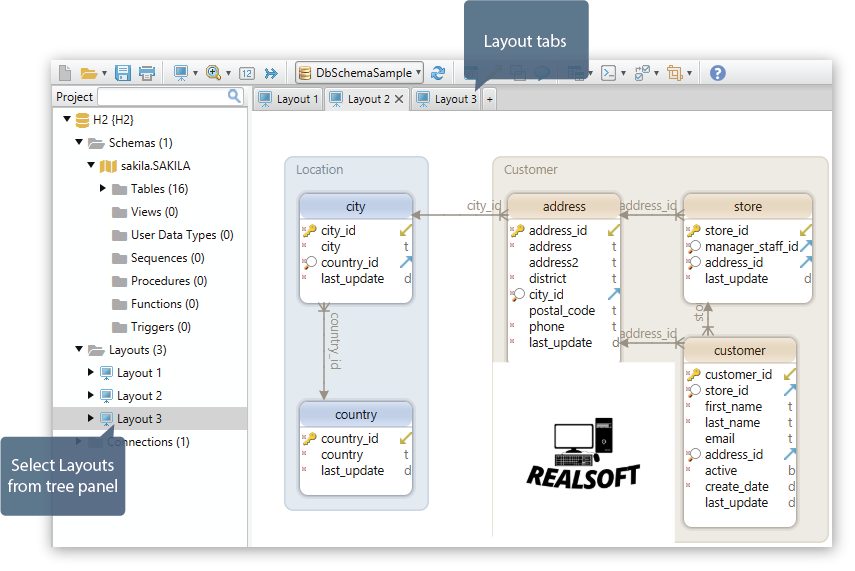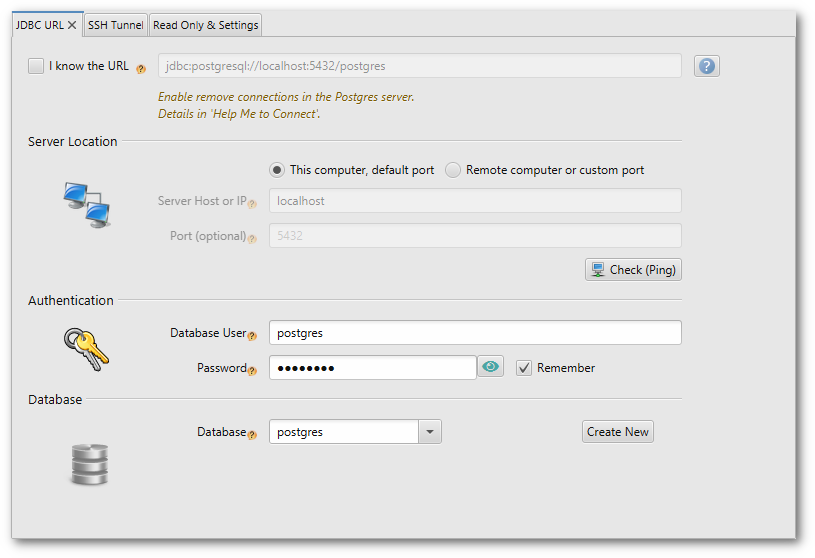

Create entity-relationship diagrams (ERD)Įntity-relationship diagrams (ERDs) are visual representations of schemas or entity-relationship models. Based on what you find, you can start creating entity-relationship diagrams and make sense of how the data flows in the app. When trying to understand the data model of an app, where meeting with developers or acquiring documentation is not an option, you can talk to the users of the application and see how the data flows. A better option is to integrate through a third party and use their data model for example, here’s the Fivetran documentation for Salesforce. If you have to integrate data from a SaaS provider, you can get documentation from the vendor that explains the data model. This will work in situations where you are trying to integrate data from a system within your organization or working with a partner willing to meet with you and discuss the data model. To do that, you can talk to the developers and data engineers who work with the source database and ask them to explain the data model. You need to understand the source’s data model to make sense of the data it will send your way.

Follow these steps to design a schema for data integration: 1. The data provider may have organized their data model according to their assumptions about the metrics their users want, which may not be exactly according to your requirements. You need a schema for every data source you import into your data warehouse.
ABOUT DBSCHEMA INFORMATION HOW TO
How to design a schema for data integration This will provide you with primary and foreign keys to identify the same entities across multiple data sources, enabling you to join data from multiple sources and analyze the combined data for better insights. In order to make the best of your analytics, you will need schemas designed for analytics and the ability to connect data between sources. But the schemas for data sources - whether they’re databases such as MySQL, PostgreSQL or SQL Server, or SaaS applications such as Salesforce, Facebook Ads, or Zuora - are often designed with operations rather than analytics in mind.Īnd while data sources such as SaaS apps may provide some general analytics functionality, they cover only the data from that single application. In the data analytics world, both data sources and data warehouses use schemas to define data elements. The opposite means extra data modeling, the slow retrieval of data and the consumption of more resources (such as time and processing power) when creating reports for analysis.


 0 kommentar(er)
0 kommentar(er)
